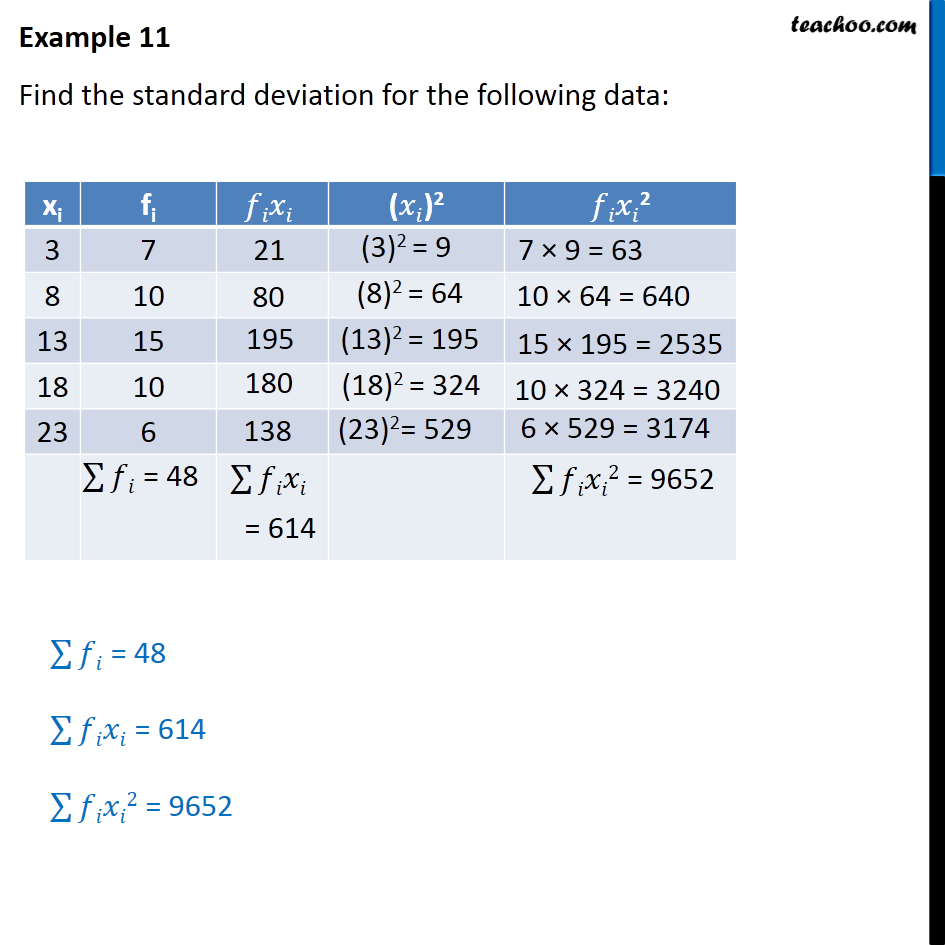

The mean, median, and mode are all equal.The Gaussian distribution cannot model skewed distributions. Common Properties for All Forms of the Normal Distributionĭespite the different shapes, all forms of the normal distribution have the following characteristic properties. Statisticians represent sample estimates of these parameters using x̅ for the sample mean and s for the sample standard deviation. However, you can use random samples to calculate estimates of these parameters. Unfortunately, population parameters are usually unknown because it’s generally impossible to measure an entire population. For the Gaussian distribution, statisticians signify the parameters by using the Greek symbol μ (mu) for the population mean and σ (sigma) for the population standard deviation. The mean and standard deviation are parameter values that apply to entire populations. Population parameters versus sample estimates For example, heights, blood pressure, measurement error, and IQ scores follow the normal distribution. Characteristics that are the sum of many independent processes frequently follow normal distributions. It is the most important probability distribution in statistics because it accurately describes the distribution of values for many natural phenomena. For example, the Student’s t, Cauchy, and logistic distributions are symmetric.Īs with any probability distribution, the normal distribution describes how the values of a variable are distributed.

While the normal distribution is symmetrical, not all symmetrical distributions are normal. Extreme values in both tails of the distribution are similarly unlikely. The normal distribution is a continuous probability distribution that is symmetrical around its mean, most of the observations cluster around the central peak, and the probabilities for values further away from the mean taper off equally in both directions. Most people recognize its familiar bell-shaped curve in statistical reports. The normal distribution, also known as the Gaussian distribution, is the most important probability distribution in statistics for independent, random variables.


 0 kommentar(er)
0 kommentar(er)
